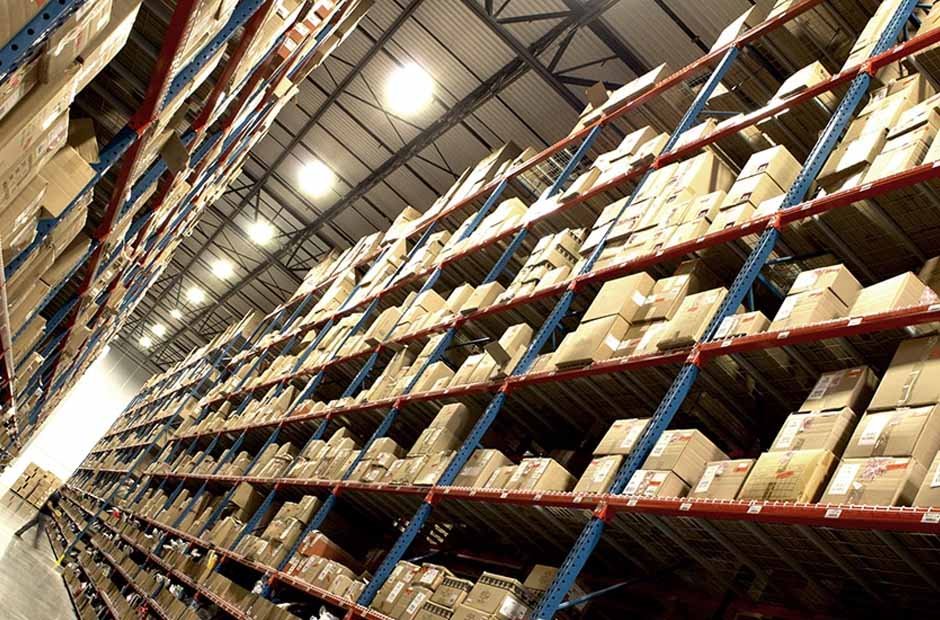In the sprawling complexes of today’s warehouses, a revolution is quietly unfolding, powered by the relentless march of technology. As businesses strive to meet the ever-increasing demands of consumers for quick, accurate service, the warehouse floor has transformed from a maze of stacked boxes into a highly efficient operation, pulsing with digital innovation.
The Digital Backbone: Warehouse Management Systems
At the heart of modern warehouse efficiency is the Warehouse Management System (WMS), a comprehensive software solution that controls the movement and storage of materials within a warehouse. WMSs are the digital backbones that support real-time inventory management, optimize picking and packing processes, and provide actionable insights to reduce waste and improve operational efficiency. Through sophisticated algorithms and data analytics, these systems ensure that every item is exactly where it needs to be, precisely when it’s needed.
Automating the Flow: Robotics and Automation
Robotics and automation technologies have leaped from the pages of science fiction into the reality of warehouse operations, offering unprecedented levels of speed and accuracy. Automated guided vehicles (AGVs) and robotic picking arms work tirelessly, moving products with a precision that far exceeds human capabilities. These robotic workers are reshaping the labor landscape of warehouses, taking on repetitive, physically demanding tasks, and freeing human workers to focus on more complex, value-added activities.
The Eyes in the Sky: Drone Technology
Drones are taking warehouse efficiency to new heights, quite literally. Equipped with scanning technology, drones can swiftly conduct inventory checks, even in hard-to-reach places, significantly reducing the time and labor required for stocktaking. These flying assistants offer a bird’s-eye view of warehouse operations, providing insights that can lead to more strategic storage and retrieval methods, and ultimately, a more streamlined workflow.
Seamless Symbiosis: IoT and Connected Devices
The Internet of Things (IoT) is knitting together the physical and digital worlds within warehouses, creating a network of interconnected devices that speak to each other in real-time. From temperature sensors that monitor the condition of perishable goods to wearable devices that track worker productivity, IoT technology fosters a seamless symbiosis between different elements of warehouse operations. This connectivity not only enhances efficiency but also significantly boosts safety and quality control.
Beyond the Walls: Integration with Supply Chain
In today’s interconnected world, warehouse operations don’t just end at the loading dock. Integration with broader supply chain systems is crucial for true efficiency. Advanced software platforms enable real-time communication and coordination with suppliers, transporters, and retailers, ensuring that the warehouse is not an island but a pivotal node in a larger network. This holistic approach to logistics helps businesses anticipate demand fluctuations, adapt to disruptions, and maintain smooth operations from end to end.
Predictive Powers: Big Data and Analytics
Big data and analytics are turning warehouses from reactive spaces into predictive powerhouses. By analyzing vast amounts of data, warehouses can forecast future trends, prepare for seasonal demand surges, and optimize inventory levels to minimize overstock and outages. This predictive capability allows warehouses to be proactive rather than reactive, making smart decisions that save time and resources.
Training the Future: Virtual Reality and Augmented Reality
Virtual Reality (VR) and Augmented Reality (AR) technologies are revolutionizing worker training and operations in warehouses. Through VR, new employees can experience immersive training scenarios without the risk of real-world mistakes. AR overlays digital information onto the physical world, guiding workers through complex tasks with visual cues and instructions, thereby reducing errors and improving efficiency.
Empowering Decisions: AI and Machine Learning
Artificial Intelligence (AI) and Machine Learning (ML) are empowering warehouse managers to make smarter, data-driven decisions. These technologies analyze patterns and learn from outcomes, continually refining operational strategies. From optimizing routes for pickers to predicting the best times to restock, AI and ML are making warehouses smarter, faster, and more responsive to the changing needs of the market.
Charting a Course Through Innovation
The warehouse of the future is already here, driven by a wave of technological innovations that are transforming the landscape of logistics and supply chain management. As businesses continue to navigate the maze of market demands, the integration of systems like Third-Party Warehouse Logistics Software and advancements in robotics, IoT, and AI will be critical in steering the course toward efficiency and success. With each technological stride, warehouses are becoming not just storage spaces but dynamic engines of commerce, where speed, accuracy, and efficiency are the hallmarks of operations. In this exciting era of digital transformation, the potential for optimization is limitless, promising a future where warehouses are models of efficiency and innovation.


